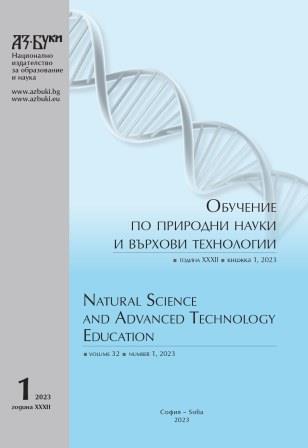Evaluation of Quantitative Criteria for Triassic Reservoirs in the South Mangyshlak Basin
Evaluation of Quantitative Criteria for Triassic Reservoirs in the South Mangyshlak Basin
Author(s): Miel Hofmann, Sudad Al-Obaidi, Wang J. ChangSubject(s): Social Sciences, Education, School education, Adult Education, Higher Education
Published by: Национално издателство за образование и наука „Аз-буки“
Keywords: Quantitative Criteria; Carbonate rocks; boundary values; Triassic deposits; Carbonate Rocks Reservoirs
Summary/Abstract: Carbonate rocks of the Triassic deposits of the South Mangyshlak basin are investigated in this paper for their boundary values, which are important for interpretation of field geophysical data as well as perforation and blasting. Based on their lithological composition, Triassic deposits are classified as either terrigenous or carbonate reservoirs. Carbonate reservoirs are found in the Middle Triassic strata containing volcanogenic dolomite and volcanogenic limestone rocks. A complex type of reservoir characterizes these rocks: porous-fractured, porous-cavernous, and fractured. Upper Triassic sediments are formed by the intercalation of tuffaceous, siltstone-sandy, and mudstone rocks overlying Middle Triassic sedimentary rocks. Oil deposits are confined to polymictic sandstones, which are oil-saturated to varying degrees. In order to substantiate the quantitative criteria of the reservoir, experimental studies of the core samples were carried out in the laboratory. Fluid flow studies were performed where physical and hydrodynamic characteristics were determined when oil was displaced by displacing reagents. On the basis of the parameters obtained, correlations between reservoirs and non-reservoirs were constructed. Based on relationships between reservoir properties such as porosity and permeability versus residual water content, as well as effective porosity and permeability versus dynamic porosity, the boundary values were determined. Using these results, the porosity limit for the Middle and Upper Triassic strata has been determined to be 7%, the permeability limit for the Middle Triassic has been determined to be 0.02 X 10-3 μm2, and the permeability limit for the Upper Triassic has been determined to be 0.3 X 10-3 μm2.
Journal: Обучение по природни науки и върхови технологии
- Issue Year: 32/2023
- Issue No: 1
- Page Range: 7-24
- Page Count: 18
- Language: English
- Content File-PDF

